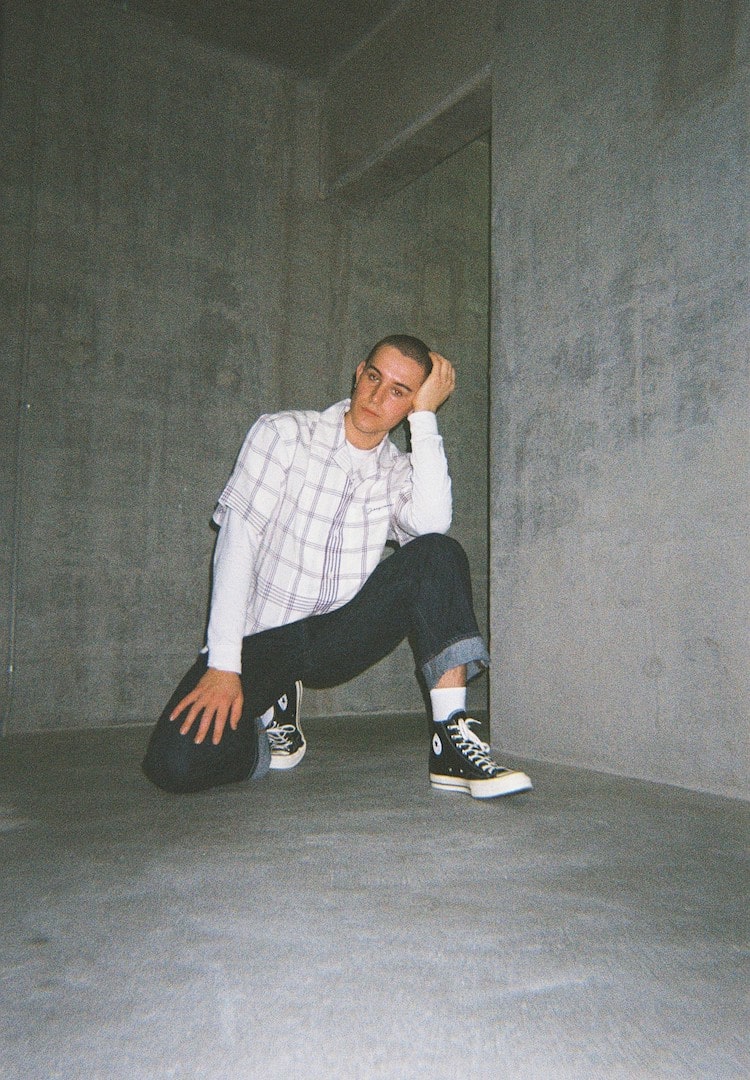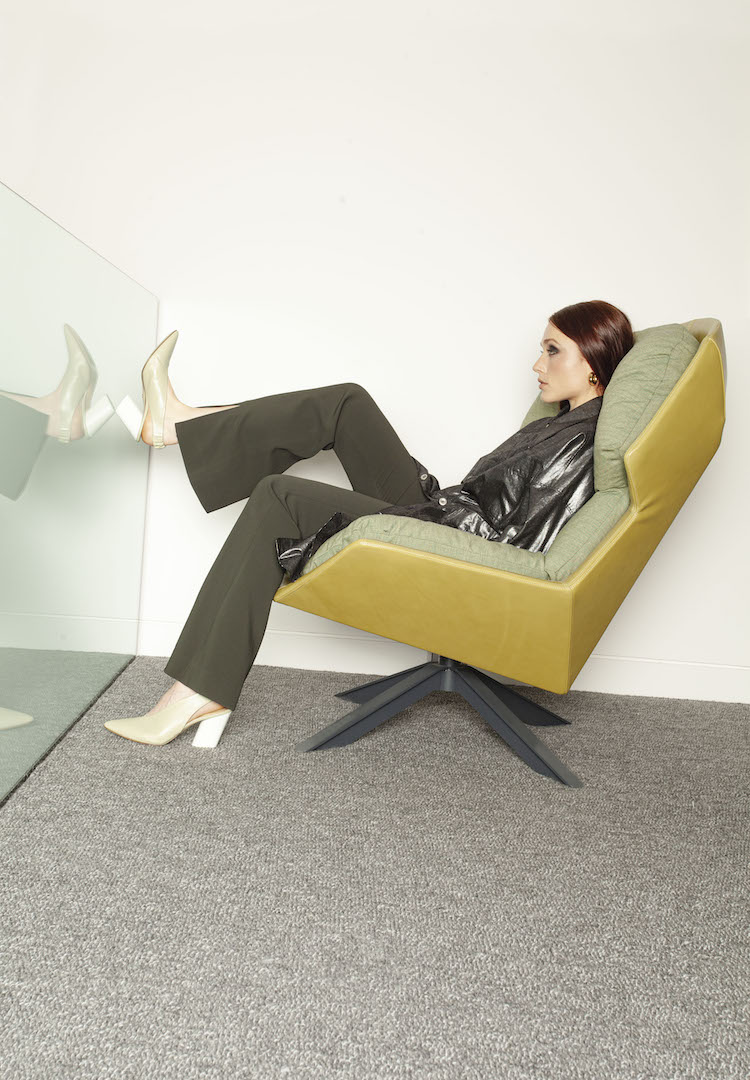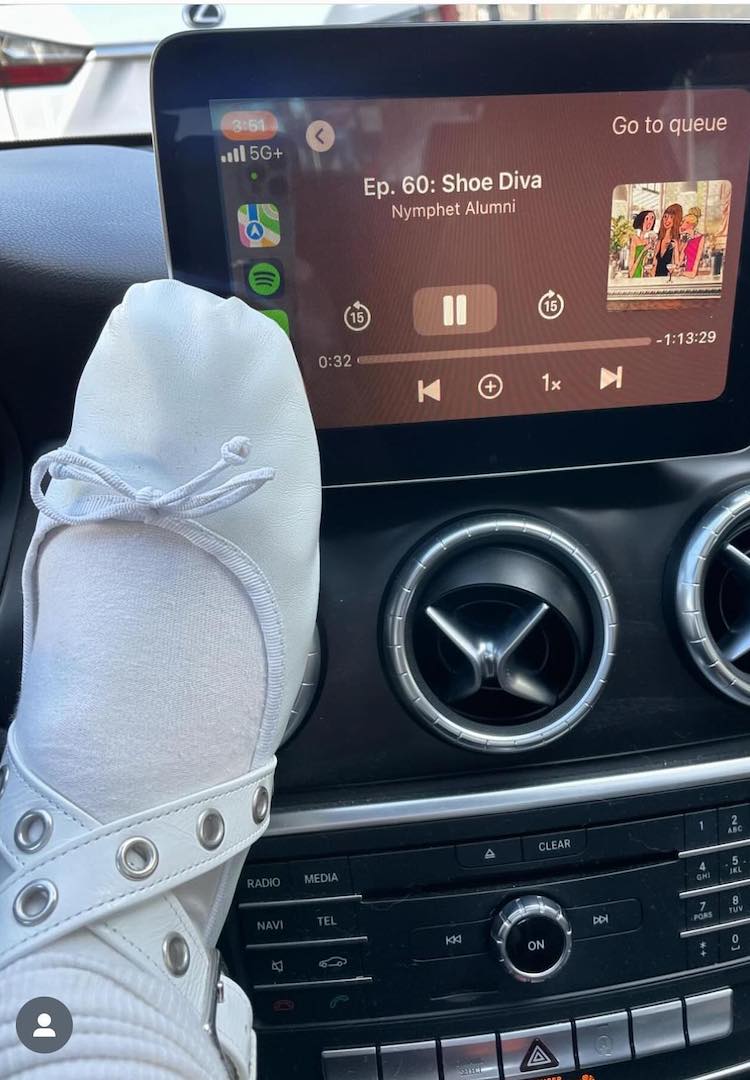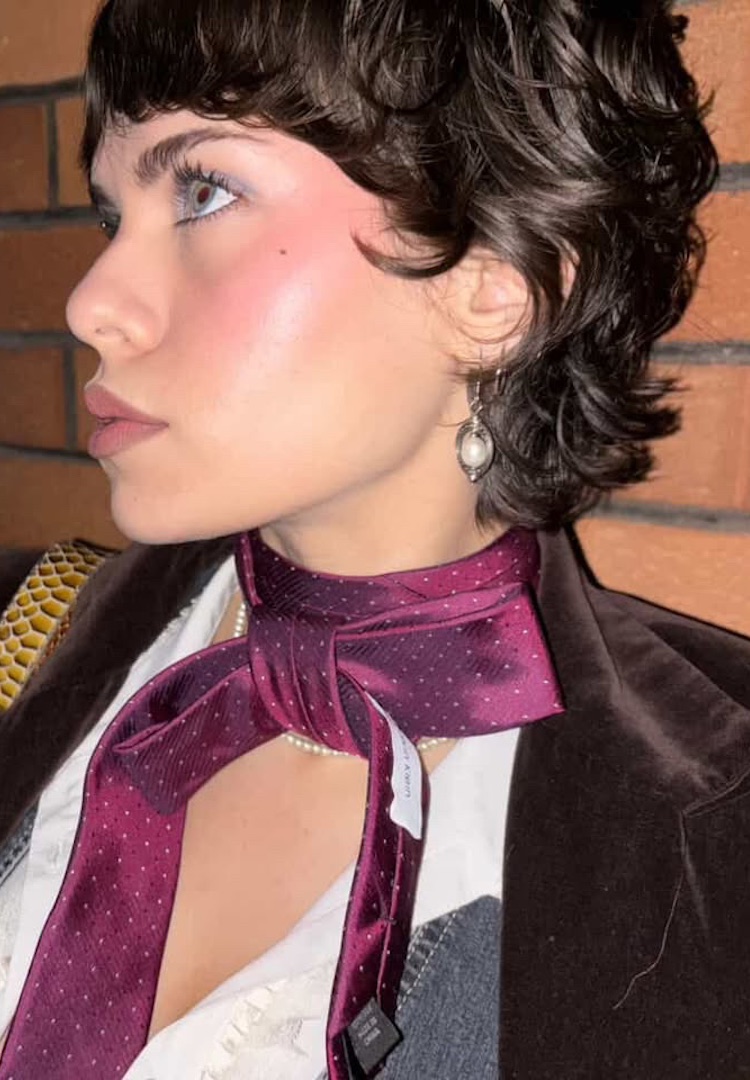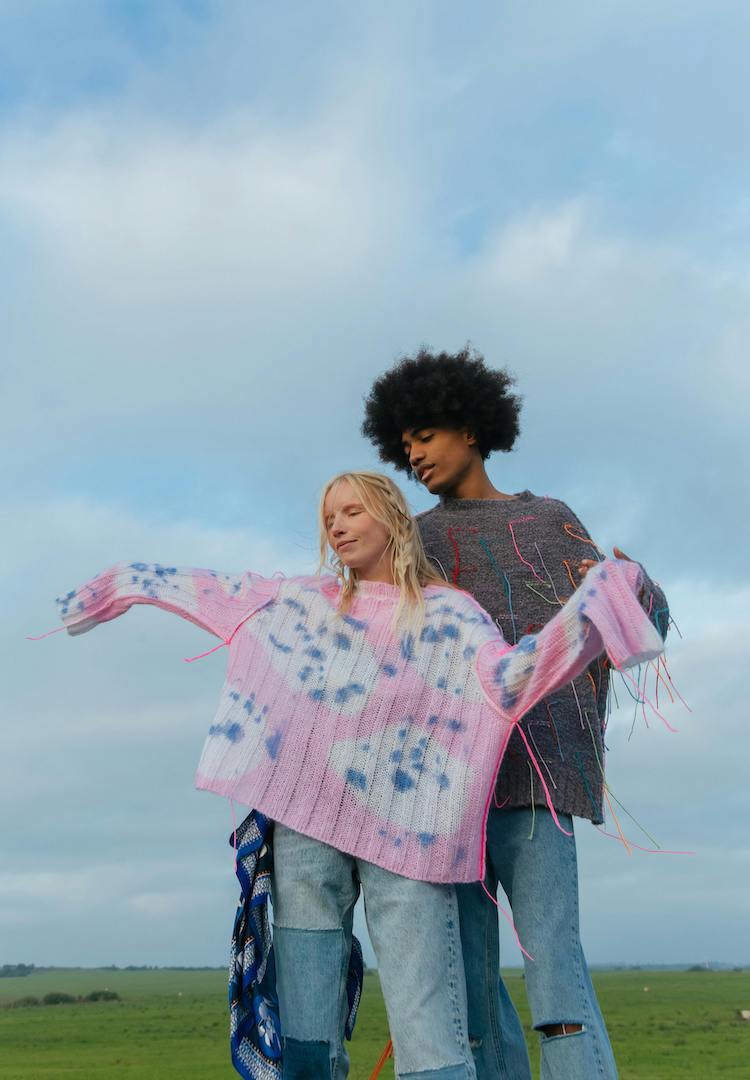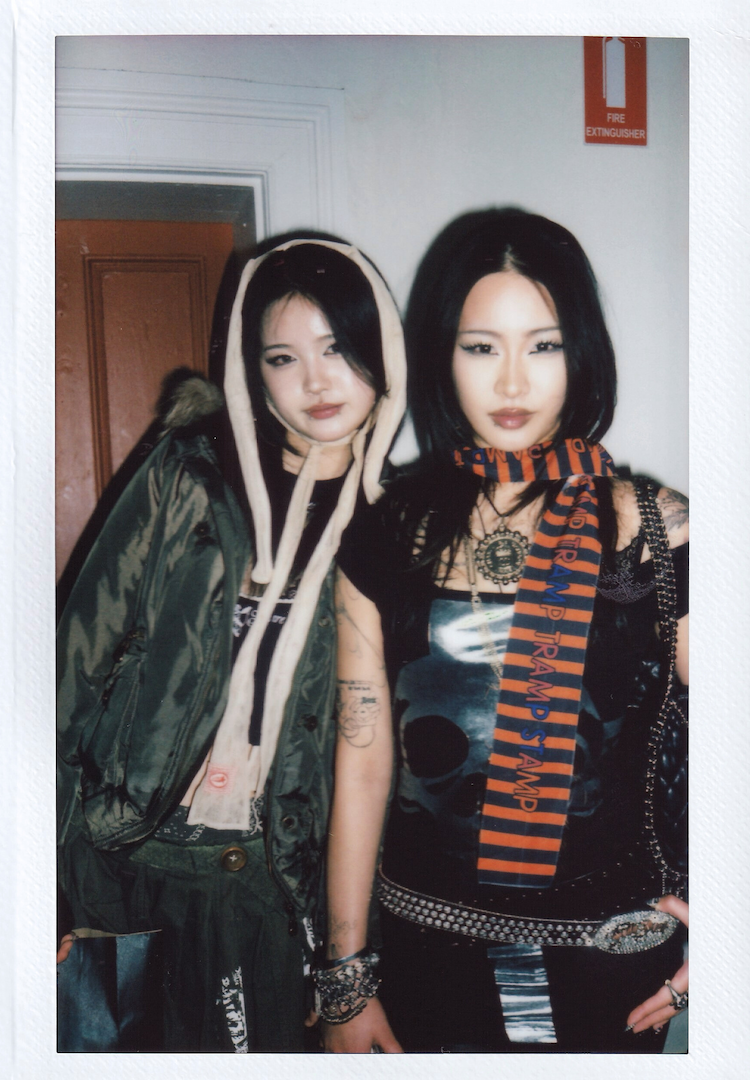How the pandemic projected us into a more modern take on early 2000s maximalism
IMAGE VIA @CHLOECHILL/INSTAGRAM
Words by Bianca O’Neill
Minimalism is officially dead.
While many of a certain vintage will shudder at news of the return of some of the more questionable fashion choices from the ’00s – from rhinestone bedazzled, slashed Ed Hardy tanks to trucker caps and slogan tees – the usual Gen Z suspects like Hailey Bieber and Bella Hadid seem to be embracing them with aplomb.
In fact, the return of maximalism appears to be steadily gaining steam beyond Instagram ‘it’ girls and the cult of Rihanna, invading Resort ’22 collections in a flurry of feathers, sequins and ruffles that appeared to scream loudly at those languishing in their lockdown bedrooms: “It’s time!”
Keep up to date with ethical designers over at our Fashion section.
So what’s changed this time around? Have we learned the maximalist lessons (fashion and otherwise) from two decades before? And is this all simply a response to our repressed, lockdown-bound selves, starving for sartorial shininess?
One thing’s for sure: if Instagram is anything to go by, minimalism is officially dead. Ding dong; it’s time to awaken from your soporific single-colour feeds, and jump on board the rainbow train.
View this post on Instagram
Where did maximalist ’00s fashion come from?
If you haven’t worked out that trends are a never-ending cycle of action and reaction by now, then you haven’t been paying attention to your fashion history. Let’s take a lil’ trip back, shall we?
’80s: Maximalism (obvy).
’90s: In response to the ’80s excess of Wall Street, and one too many aerobics-themed thong-centric music videos, grunge consumed youth culture. Aesthetic: like you rolled out of bed and into a pile of clothing that was at least two sizes too large for you.
’00s: In response to grunge, we had a sleeker version of ’80s excess. Ecstasy replaced coke, house replaced nu-wave, and the Y2K party girl was as undressed as she was messy and over-the-top. It was a simpler time when Paris Hilton was queen, and the inexplicable pairing of a trucker cap with a pair of Ugg boots reigned supreme. There was no such thing as too many accessories.
’10s: In response to ’00s maximalism, the rise of social media influencers and fashion bloggers delivered a new wave of minimalism. Your feed was mostly-white dominated, as was your home. The accessory went the way of the dinosaur, replaced instead with the fashion mantra to ‘remove one thing before you leave the house’. Even the feeds became monotone – with an ever-boring parade of minimalist influencers all wearing the same thing.
So is it any wonder we’re back here again? Minimalism always leads to maximalism, formal always leads to informal, and monochrome always leads to an explosion of colour. It’s designed that way to keep you always feeling like you’re just behind the eight-ball. The thing is, a huge style shift takes time – because people tend to be pretty set in their ways. (Case in point: I still can’t let go of my skinny jeans.)
View this post on Instagram
Gucci and Versace have been slowly trying to reintroduce their maximalist ’80s aesthetic for a few years now, and although it caught on for a hot second, it seemed to be a fleeting trend that was left in the dying embers of a return to the mono-blocking and beige that most influencers seem to be so fond of. After all, maximalism is tough – even some of the best stylists struggle to do it well, and you have to have a certain air of confidence to pull it off.
However, the pandemic irrevocably changed our lives (and our closets) for the foreseeable future early last year, and we were plunged into the dreaded WFH sweats wardrobe. At first it seemed fun, comfortable, and convenient, but as the months dragged on our enthusiasm for activewear waned. With a dearth of red carpet inspo, fashion week street style and a complete lack of anywhere to go, we found ourselves longing for something special. Something interesting, inspiring, maybe even a little out there.
View this post on Instagram
Our fears of wearing something that might raise eyebrows have dissipated, at least for the near future, as very real fears overtook our lives in lockdown. Suddenly wearing a bright colour didn’t feel so risky anymore, and Australian influencers like Maxine Wylde and Flex Mami filled our feeds with sartorial sunshine. For me, personally, it was almost addictive – it felt like an escape from my depressing rotation of leggings, oversized sweats, and puffer jackets.
View this post on Instagram
So what does the new maximalism look like?
Maximalism seems to be everywhere, and it’s fast becoming a cornerstone of the Gen Z aesthetic. Bloomberg called it ‘adorkable’ – perfectly fitting, considering its unabashed love of rainbow colours, new-retro styling and bold in-your-face pattern clashing Basically, Gen Z maximalism is the antidote to Gen Y’s slightly-too-serious cheugy-ism.
Meanwhile, brands are lining up to jump on the maximalist train. After years of styling their websites in minimalist monochromes, banishing any whiff of a serif from their increasingly-samey typefaces, beauty products are going rainbow, a response to too many years’ worth of Kardashian-West inspired Yeezy neutralism.
Even cakes are getting on board the maximalist train, with Australian bakers like Mali Bakes emerging from lockdown hell with a new business, a much-loved Instagram, and a modern, maximalist spin on the retro birthday cake.
In fashion, New Zealand influencers like Chloe Hill convince us that pairing tartan with a floral print and multi-coloured bracelets is cool AF, while Australian content creator Millie Sykes reminds us not to take our maximalist alter-egos too seriously.
View this post on Instagram
But is any of this really new? Although overseas brands like House of Sunny are taking over our Instagram feed via happy multicolour summer-print knits, there are plenty of local Aussie brands who have been doing maximalism for yonks – and are seeing a revival of sorts.
Case in point: Camilla. While other brands were shutting down in depressingly high numbers during the pandemic, Camilla was busy recruiting influencers like Style By Deni for a joyful, delightfully maximalist Pride campaign and opening a brand new US store.
“As people come through these bleak times, both economically and personally, it’s perhaps understandable how much appetite has grown for colour and vibrancy in clothing,” CEO Jane McNally told Ragtrader recently. “What we’re seeing in the States right now is a renewed zest for life, and a hunger for maximalism as people start to party and attend events again… Camilla meets that need right now.”
And as Australia stands on the precipice of its own reopening, driven by ambitious vaccination percentages and a stubborn hope in the future of ‘normalcy’, can you imagine any more fitting brands to wear to our very own ‘Freedom Day’ parties than local maximalists like Dyspnea, Romance Was Born or Poppy Lissiman? I can’t. It’s time to throw away your sweats and join the post-pandemic maximalist party – accessories not optional.
Bianca O’Neill is Fashion Journal’s senior industry columnist. Follow her at @bianca.oneill.

